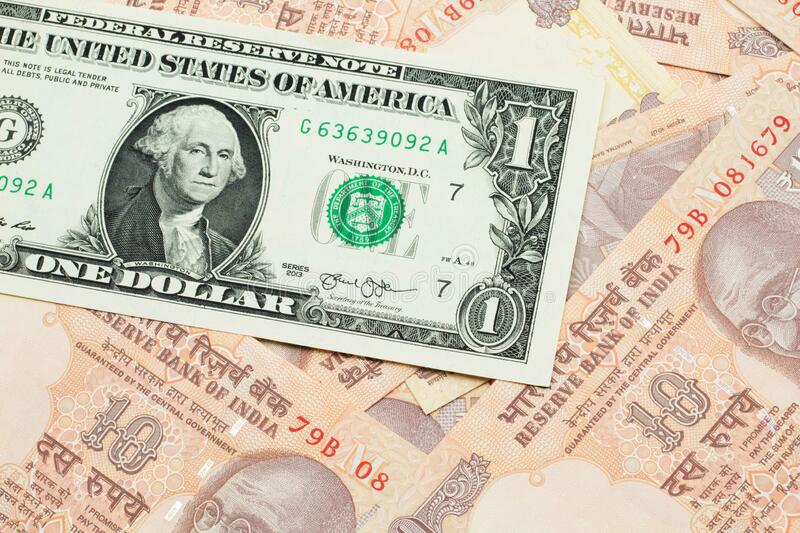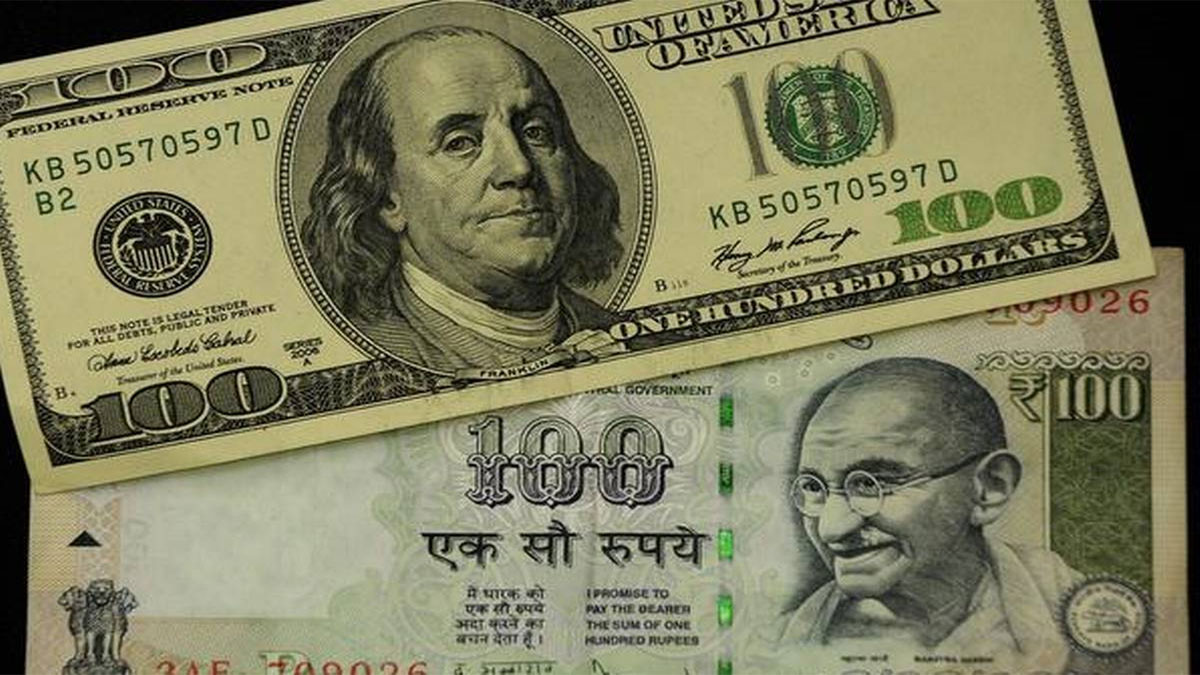The Indian rupee recorded the second weekly gain and best performance after the Chinese yuan due to foreign fund inflows, an increase in risk appetite as a result of foreign investors buying Adani group stock. Spot rupee increased by over one percentage point to close just above 82.
The S&P 500 saw its first weekly rise in a month last week, rising 1.9%. A measure of the dollar’s strength had its first weekly loss since January as U.S. equities rose substantially in response to rising expectations for China’s economic growth and the inevitable peaking of U.S. policy rates. Following the erosion of February gains, the semi-annual testimony of Fed Chair Powell this Tuesday indicates that the enthusiasm for selling the dollar will remain mostly restrained.
In the beginning of March, investors can earn about 5% in U.S. Treasuries, the most since 2007. This might be a significant headwind for most risky assets. The yields on U.S. 10-year Treasuries decreased to 3.95% at the end of the day from 4.09% on Thursday, which was the highest level since November.
Investors in U.S. interest rate options are buying cheap hedges that may be quite profitable if the Federal Reserve resumes raising rates by 50 basis points at its forthcoming policy meeting later this month. The Fed’s benchmark rate was expected to peak at roughly 5% in July, but during the past month, traders have switched their bets to predict that it will top at about 5.5% in September.
The rupee’s upward trend could continue this week as a result of risk-taking attitudes supported by foreign investment. Support for spot USDINR is located at 81.30, resistance is at 82.55, and both are adjacent to the previous swing lows of 78.49, 79.03, and 80.88.

